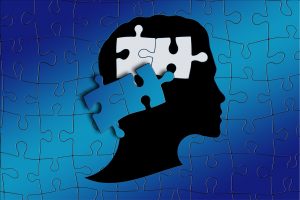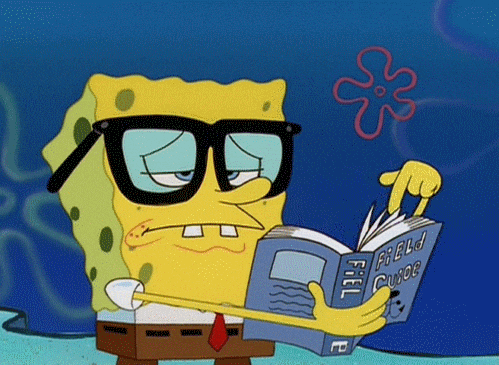Embracing Dyslexia: What you can do to help
The path to child development is not always exactly linear, every child is different and that’s what makes working with children so fantastic! The 12th of September is World Disability Day and a chance for us to focus on understanding working with Dyslexia and other challenging neurological and SEN needs.
The equality act defines disability as “a physical or mental impairment which has a substantial and long-term adverse effect on their ability to carry out normal day-to-day activities”, qualifying dyslexia, and similar learning disabilities within this category. The truth of the matter is, living with dyslexia is hard, particularly for children. However, it is time to change the narrative around dyslexia, although it can be a colossal factor in a child’s pathway to success, it is not the be all and end all and it can be managed and nurtured with the use of effective techniques.
It goes without saying that every teacher endeavours to create a collaborative learning environment that helps students learn effectively, however there is no one-size-fits-all approach and you will come across those that need a little more care and attention. Whether you’re a teacher, parent or even a school looking for more information, as specialists in SEN recruitment, the team at Initial Education have come up with their top strategies for learning success for students with dyslexia.

Encourage Inclusion
Whether working in an SEN specialist class, or within a mainstream school, promote a healthier and effective learning environment within the classroom, creating individual routines that work with each child, without specifically singling them out. Explore the world of multisensory learning to encourage students to learn in an alternative way. Not only does this assist learning, but it also engenders creativity, a crucial component to any child’s developing mind. Indeed, creativity is often a dyslexic child’s biggest strength as their minds are trained to explore the information presented to them and reinvent it.
Whilst basic literacy skills are a great base for early intelligence, don’t just focus your efforts and attention to those that take to it easily, instead widen your attention to highlighting the strengths of those that excel in other areas. Equally, when teaching reading and language skills, ensure that your students have their own specific targets and timelines, allowing them to learn at a pace that is best suited to them.
Keep it Simple
Whilst focusing on keeping your approach as inclusive as possible, take a look at how your classroom is presented and how accommodating it is to your SEN pupils. Remove excess stimuli and highlight important information to make it clear where individuals need to focus their attention. Having an inclusive classroom that doesn’t create unnecessary stress is the key to encouraging a cooperative and productive environment. Cut out the jargon and keep lessons and information clear cut in order for students to best take it in. If you’re struggling, there are some great resources, such as the Dyslexia Resource, that are there to help.
Furthermore, a dyslexic mind is always on the go, flitting from one piece of information to the next and this is heightened by excess stimuli. Slow lessons down and keep your communications concise to get the most out of your students.
Say it out loud
What do Steve Jobs, Richard Branson and Walt Disney all have in common? Yes, they are some of the most successful entrepreneurs in history, but they all equally suffered form their own form of dyslexia, proving that the condition is not simply a measure of intelligence or success. Exceptional oral communication allowed these entrepreneurs to build their brands as they were able to create simple and powerful messages using a stripped back approach. Use this to your advantage and ask pupils to delegate tasks, meaning that they are surrounded by a supportive team to eliminate specific weaknesses. What’s more, this will enable students to build on their management skills, creating the next set of future leaders.
What might seem a debilitating condition is actually one of the most powerful tools for success if nurtured correctly, so adapt to a less linear approach to teaching and it will reap rewards. If you are an SEN specialist teacher or teaching assistant, we’d love to hear from you so please feel free to get in touch!


